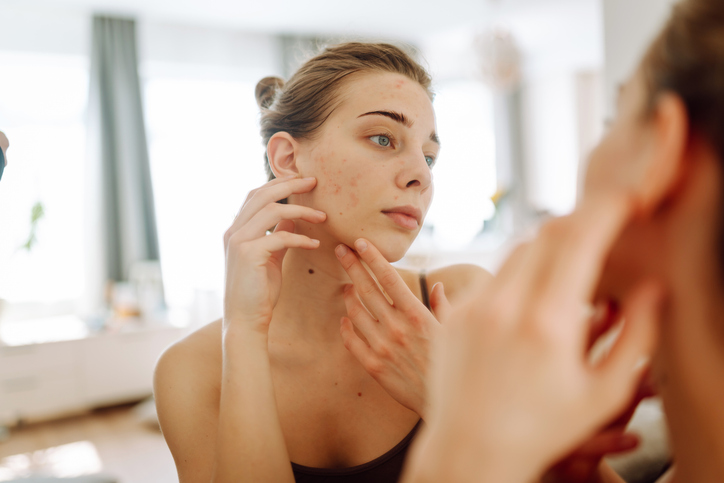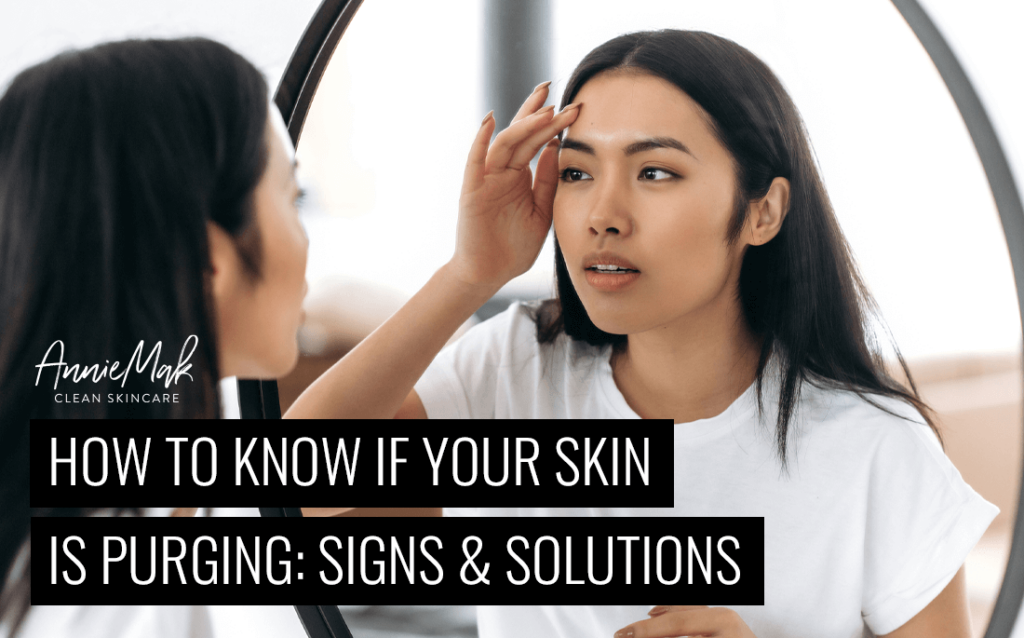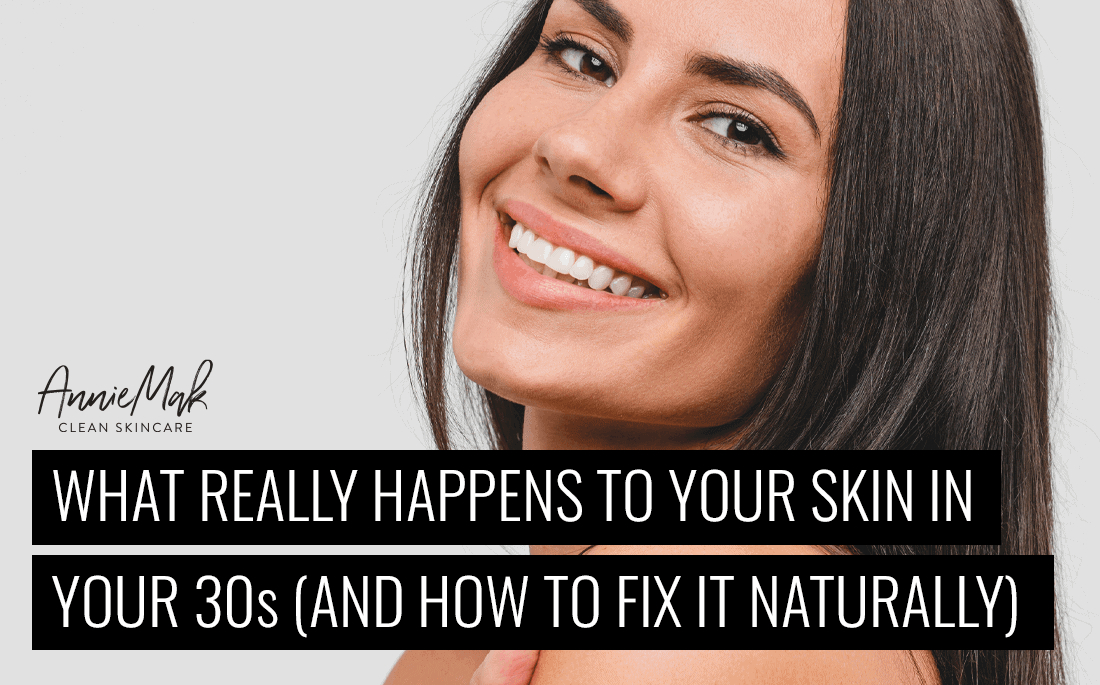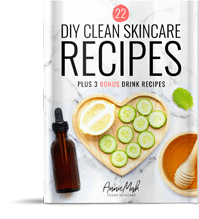Ever found yourself staring at the mirror, puzzled by a sudden outbreak after trying that new fancy serum? You’re not alone. Many mistake this for an acne breakout when in reality, your skin might be going through a purge. Understanding How To Know If Your Skin Is Purging is crucial before you toss out those products promising glowing results.
Skin purges are often misunderstood phenomena. They can leave even the most seasoned skincare enthusiasts scratching their heads, wondering if they’ve just wasted money on another product that doesn’t work for them or if there’s light at the end of this spotty tunnel.
Understanding Skin Purging: An Overview
What Is Skin Purging?
Skin purging is a reaction to an active ingredient that speeds up skin cell turnover rate. The goal is to expose fresher, younger-looking skin cells underneath the purged layer.
No two words can send a shiver down the spine of a beauty enthusiast like “the purge.” No, not the dystopian horror film — although some might say the skin care version of purging is just as heart-stoppingly scary.
Why Does Skin Purge Happen?
Skin purging happens when you start using new skincare products with active ingredients that increase the skin cell turnover rate. This causes clogged pores to surface all at once, resulting in more breakouts initially.
The end goal? To expose the fresh skin cells underneath and reveal clearer, younger-looking skin. Ah, if only it were that easy.
Identifying the Signs of Skin Purging
Visual Indicators of Purging
As skin purging occurs, you might experience breakouts, blackheads, red bumps or pimples as your skin purges and unclogs your pores underneath. Plus, dryness, redness and irritation are other common side effects of the purging process. Dry, peeling skin is also common.

Differentiating Between Purging and Breakouts
Honestly, it’s super common to mix up skin purging with your standard breakout, since they’re like distant cousins in the pimple family. But here’s the inside scoop on purging: it’s what happens when you start using a new product that’s all about turning up the speed on your skin’s natural shedding process—think of it as hitting the fast-forward button. These products are usually packed with boss-level ingredients like retinoids or exfoliating acids that tell your skin cells to hustle. If suddenly you’ve got a constellation of mini zits popping up on your usual problem areas—your T-zone, chin, or wherever you’ve got a history with breakouts—chances are it’s a purge. These bitty blemishes are not here to stay; they tend to peace out way faster than your average zits, sometimes in just a few days. Quick and not too fussy.
What If No New Products?
Now flip the script and imagine you’ve dabbed on a new cream or serum, and out of the blue, you’ve got breakouts doing a touchdown dance on the parts of your face that are usually chill. Or maybe your skin feels tight, looks flaky, and you’re thinking it might just crack if you smile too wide. Yeah, that’s probably not purging. It’s more like your skin’s throwing up a red flag, signaling that it’s not happy with the new stuff in its neighborhood. These breakouts have a whole different vibe—they’re like those larger, tender-to-the-touch pimples that set up camp and are in no rush to leave. And they bring friends: irritation, redness, maybe even a bit of peeling or flaking that makes your face feel roughed up.
The trick is to listen to what your skin’s trying to tell you. If new zits are throwing a rager where they usually don’t, or if your skin’s suddenly dry as a bone, you might wanna give that new product a timeout and see if things calm down. Think of it like stepping back from a spicy food that’s too hot to handle—sometimes you gotta get back to the mild salsa and let things cool off.
Remember, your skin’s got its own unique vibe and sometimes you just have to decode its messages. A bit of patience and paying attention goes a long way in figuring out what works and what doesn’t in your skincare routine. Keep it simple, and you’ll be on your way to clearer, happier skin days!
Important Takeaway:
Spot skin purging by looking for breakouts where you usually get them, but expect them to clear up quicker. It’s your skin speeding up to show off fresher cells underneath.
The Role of Skincare Ingredients in Skin Purging
Common Ingredients That Trigger Purging
Ingredients that are known to trigger skin purging include hydroxy acids like salicylic, glycolic, and lactic acid, as well as retinoids. These active components function by sloughing off dead skin layers, accelerating the replacement of cells, and drawing out underlying blockages to the forefront.
So, when we’re talking about the usual suspects behind skin purging, we’re looking at a lineup of ingredients that basically put your skin on the fast track. We’re talking about those hydroxy acids—salicylic, glylic, and lactic acid—plus the retinoids squad. These guys are like the special ops of skincare, swooping in to kickstart a serious clean-up mission on your face.
Salicylic acid is like that friend who’s always got your back, particularly if you’re dealing with oily skin or those pesky blackheads. It dives deep into your pores, breaking down the gunk and making sure things stay clear. Then there’s glycolic acid, the smallest of the AHA (alpha hydroxy acid) family, which means it gets down into the skin pretty easily, doing a number on dead skin cells and making your skin look all bright and fresh. Lactic acid, another AHA, is kind of the gentler cousin here. It’s all about smoothing things out and keeping your skin hydrated while still doing the whole exfoliation dance.
The Big Guns
Retinoids? Oh, they’re the big guns. Not only do they hustle your skin cells into renewing themselves faster, but they also help in fading dark spots and any battle scars from past breakouts, all while tightening things up to give you that plump, youthful vibe.
When these active components hit your skin, they’re not messing around. They get straight to work, peeling away those dead skin layers, speeding up how quickly your skin cells get replaced, and bringing any hidden nasties (like those deep, under-the-skin blockages) right up to the front lines. It’s like a deep-dive cleanup that makes sure your skin is getting rid of the old and bringing in the new at lightning speed.
So, yes, while it might seem a bit counterintuitive, these ingredients causing a bit of a skin purge is a sign they’re doing their job. They’re not just clearing out the clutter but also setting you up for smoother, brighter, and clearer skin once the dust settles. Who knew a bit of temporary chaos could lead to such glowing results, right?
When to Consult a Dermatologist
Signs You Should Seek Professional Advice
If your skin purge is lasting longer than 6-8 weeks, becoming extremely inflamed and painful, or scarring, consult with a board-certified dermatologist.
A dermatologist is equipped to evaluate your skin condition, suggest skincare items, and offer procedures such as exfoliating peels or gentle abrasion therapies aimed at revitalizing your complexion.
A dermatologist can also help you determine if you’re experiencing a purge or a breakout. According to the American Academy of Dermatology, a purge will occur in areas where you normally break out.
If you’re breaking out in new areas, it’s likely a bad reaction to a product, not a purge.
Other signs it’s time to see a dermatologist:
- Your skin is red, itchy, burning or painful
- You’re developing cystic acne that’s leaving scars
- Your skin isn’t improving after 4-6 weeks of using a new active ingredient
- You suspect your skincare products are causing an allergic reaction
Don’t hesitate to get professional help if your skin is freaking out. A dermatologist can create a customized skincare routine to help you achieve your best skin – without the irritation and inflammation of a prolonged purge.
FAQs – How to Know if Your Skin is Purging
Purging appears as small, red bumps primarily in areas where you typically experience breakouts. This is a result of your skin renewing at a faster rate.
A standard purge lasts between four to six weeks. This duration corresponds to the time it takes for your skin cycle to refresh.
If new products with active ingredients cause flare-ups in your usual spots but improve the overall texture of your skin, it’s likely that you’re experiencing purging.
Continue using the product causing the purge unless it results in irritation. Maintain a gentle skincare routine and ensure to hydrate your skin adequately.
Wrapping It Up!
We’ve ventured through understanding How To Know If Your Skin Is Purging, peeling back layers (quite literally) to see why our skin reacts the way it does under new regimes. It’s not about battling against our skin but learning its language—recognizing when it’s throwing a fit because it’s getting rid of bad stuff or simply adjusting to something better.
This journey isn’t one-size-fits-all; like every great tale of transformation, patience is key—along with perseverance and care tailored to what truly suits us best as individuals striving for healthier skinscapes. So here we stand, smarter and more equipped than before, ready to embrace our natural glow while waving goodbye to unnecessary panic over temporary upheavals in our quest for beauty bliss.










Leave a Reply